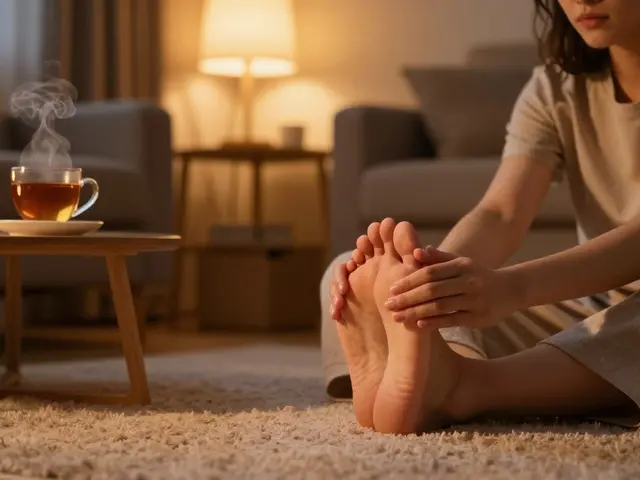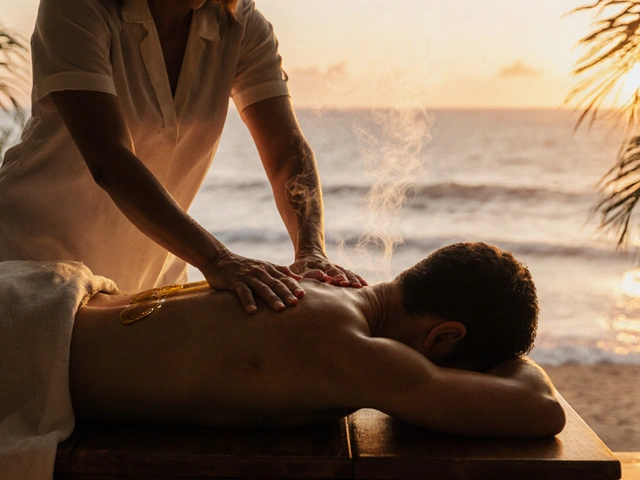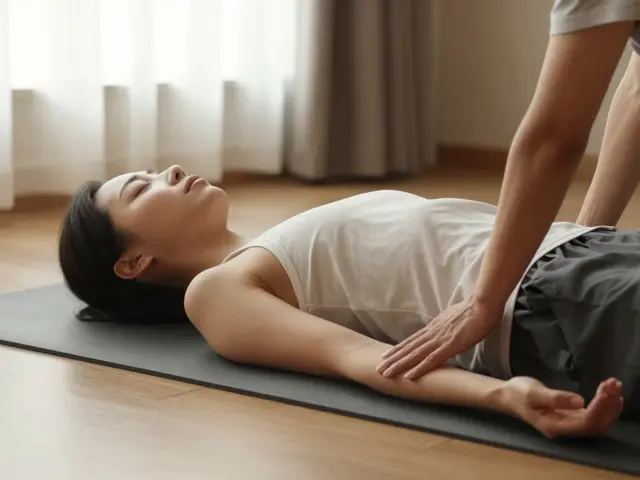Knife Massage (Dao Liao): Benefits, Risks, and How It Works
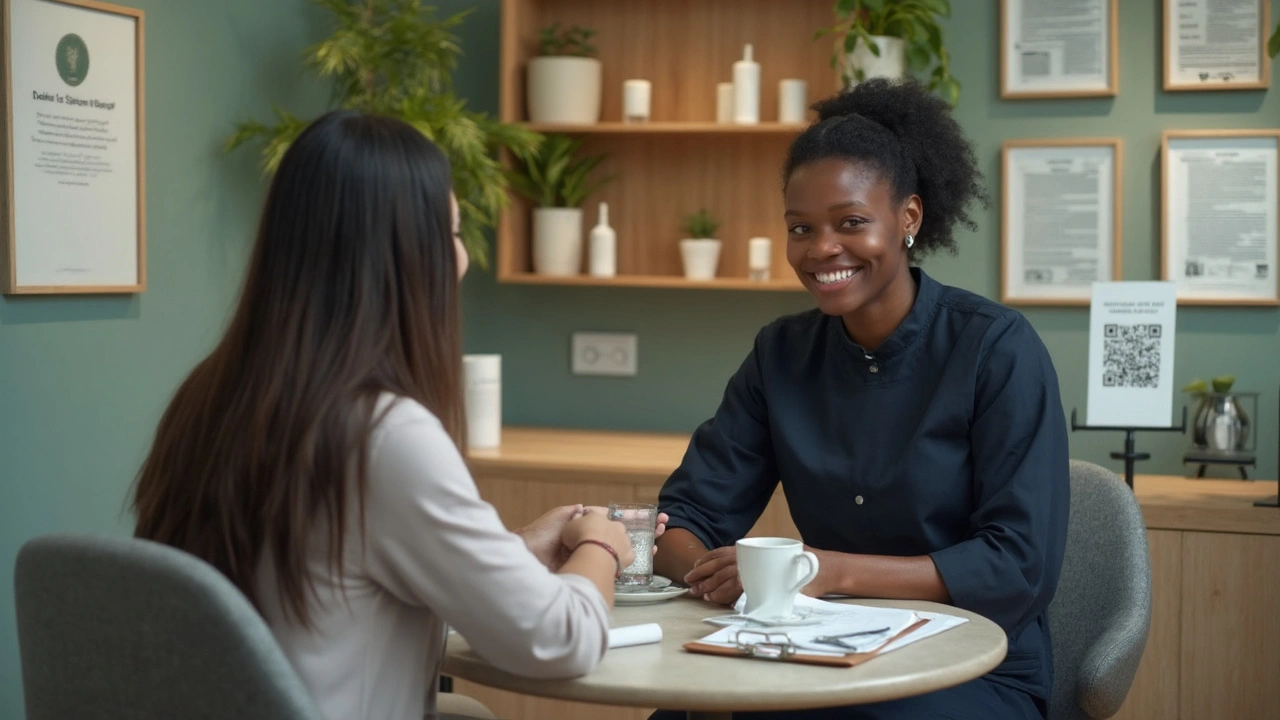
The idea of knife massage sounds wild at first-steel blades gliding and tapping across your back-yet it’s cropping up in wellness menus from Taipei to Sydney. People book it for tight shoulders, stress, and stubborn knots that haven’t budged with regular massage. The promise? Deep release and a nervous system reset. The reality? It can help some folks, but it’s not magic, and the science is thin. If you’re curious, you need a clear, no-nonsense view of what it is, what it isn’t, and how to try it safely.
TL;DR
- Knife massage (Dao Liao) uses blunt, rounded, cleaver-like tools to press, glide, and gently tap muscle and fascia. It’s not cutting.
- Direct research on knife massage is scarce as of 2025; most claims are extrapolated from massage, scraping (gua sha), and myofascial work.
- Possible benefits: short-term pain relief, increased circulation, reduced muscle tone, and relaxation. Expect temporary redness or bruising.
- Main risks: bruising, soreness, skin irritation, infection risk if hygiene is poor. Avoid if you’re on blood thinners or have bleeding, skin, or clotting disorders.
- Choose a trained, insured practitioner; ask about tool bluntness, hygiene, and consent. Don’t DIY with kitchen knives.
What Knife Massage Is and What It Promises
Knife massage-often called Dao Liao-comes from Chinese and Taiwanese folk practice. Therapists use metal tools shaped a bit like small cleavers with rounded, blunt edges. These tools are heavier than typical massage instruments, so the therapist can combine gravity, leverage, and rhythm to reach deeper layers without constant finger or elbow pressure.
What actually happens in a session? You’ll typically lie on a table while the therapist applies oil or balm. They then glide, press, and lightly tap with the flat or rounded edge. It can feel like a mix of gua sha, percussion, and deep tissue-firm but not sharp. The goal is to mobilize fascia, improve blood flow, and downshift the nervous system. Some traditions frame it as moving “stagnation” or balancing energy; modern practitioners talk about mechanical and neurological effects.
Common reasons people try it: office-neck tension, heavy legs after training, stubborn upper-back tightness, and stress. Some therapists market detox claims. Your liver and kidneys already handle detox just fine. What knife massage may offer is mechanical change (tissue glide) and a nervous system nudge (relaxation), which can indirectly help you feel lighter and move easier.
Expect a distinctive sound from gentle tapping and a sense of broad, sweeping pressure. You might see petechiae (tiny red dots) or bruising, similar to gua sha or cupping. That’s part of the method’s visible footprint. It shouldn’t look like an injury, and skin shouldn’t be broken.
How It Might Work: Physiology, Not Magic
There’s no new biology here-just tools delivering pressure in a particular way. Here are the likely mechanisms:
- Gate control of pain: Firm touch can interrupt pain signals at the spinal cord level (Melzack & Wall, 1965), explaining why pressure sometimes lowers pain immediately.
- Myofascial shear: Broad edges create shear forces that help layers of fascia and muscle slide. Better glide can mean less stiffness and better range.
- Mechanotransduction: Cells respond to mechanical load. Stretching and pressure can change local chemistry and tone through ion channels (e.g., Piezo) and connective tissue signaling.
- Circulation: Studies on scraping therapies show increased microcirculation and temperature after treatment (e.g., gua sha trials reported improved perfusion and short-term pain changes). Knife massage likely produces similar blood flow effects because the strokes and pressures are related.
- Autonomic shift: Slow, predictable pressure can coax the body toward parasympathetic dominance-slower breathing, lower muscle guarding, calmer mood. That often feels like “healing,” even though the tool is doing simple physics.
What about the tapping? Light rhythmic percussion can stimulate mechanoreceptors involved in movement sense and reflex tone. That can reduce the muscle’s “volume knob” on guarding. Combine that with the tool’s weight and you get deep input without sharp pain.
Important distinction: knife massage does not cut or puncture the skin when done correctly. The edges are rounded and used with lubricant. If a practitioner produces broken skin, stop the session.
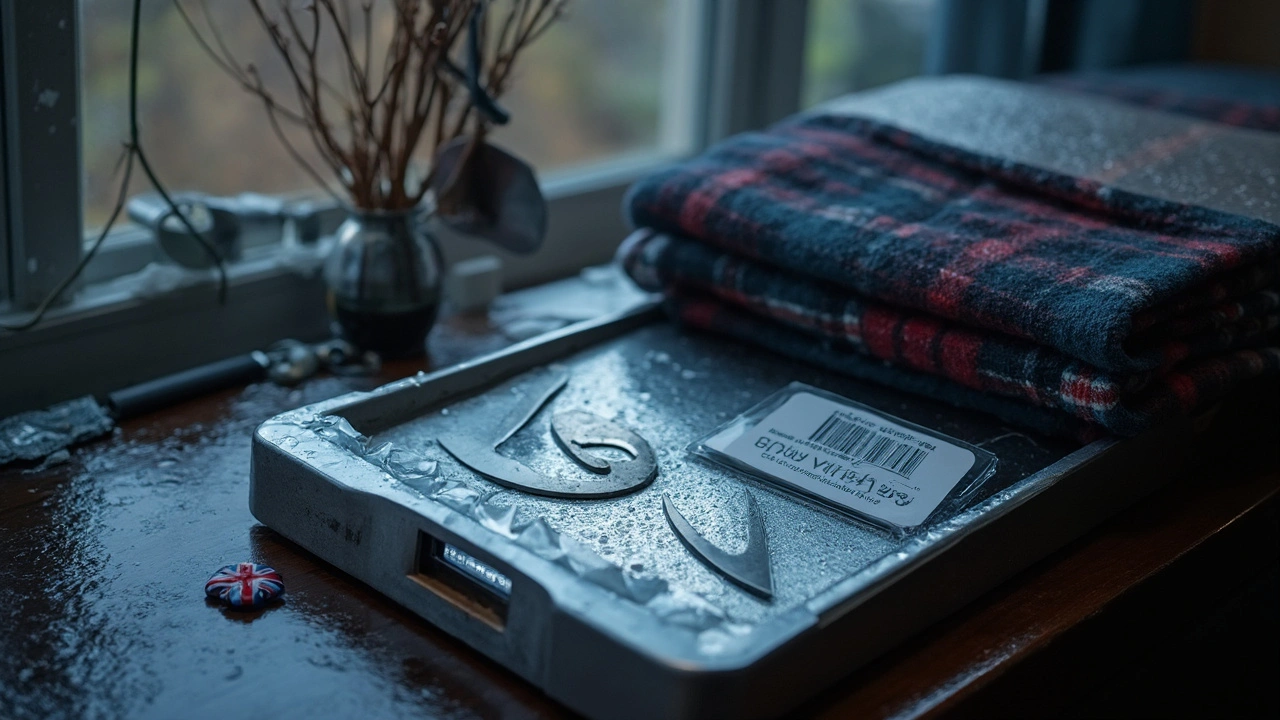
Benefits vs. Risks: What Evidence We Do and Don’t Have
Evidence, straight up:
- As of 2025, English-language peer-reviewed research on knife massage (Dao Liao) is limited. You won’t find large randomized trials comparing it with standard care.
- There are controlled trials for related methods. A 2011 randomized trial in Pain Medicine reported short-term neck pain relief after gua sha versus control. Systematic reviews of massage for low back pain suggest small to moderate short-term benefits compared with usual care or relaxation massage, though quality varies.
- So the best case for knife massage is plausible mechanism plus similarity to methods with some evidence. That supports trying it for short-term relief, not treating it as a cure.
Potential benefits:
- Short-term reduction in muscle tightness and soreness.
- Increased local circulation and warmth.
- Reduced stress, better sleep the night after a session.
- Transient range-of-motion gains-handy before lower-load training or mobility work.
Common downsides:
- Bruising or temporary marks (1-5 days).
- Mild soreness for 24-48 hours.
- Skin irritation if heavy oil or balms don’t suit you.
Serious but avoidable risks:
- Skin breaks and infection if tools aren’t clean or pressure is reckless.
- Excessive bruising if you’re on anticoagulants or have clotting disorders.
- Worsening of varicose veins or lymphatic issues if applied over affected areas.
Who should skip or get medical clearance first:
- On blood thinners (warfarin, apixaban) or with bleeding/clotting disorders.
- Active skin infections, eczema flare, open wounds, sunburn.
- Uncontrolled diabetes with neuropathy or poor wound healing.
- Recent surgery, fractures, or acute injuries (sprains/strains in the first 72 hours).
- Pregnancy: avoid abdomen and lumbosacral area; choose pregnancy-trained practitioners only.
- Cancer: don’t treat over tumor sites; seek oncology massage expertise.
Australia-specific notes (2025): Massage therapists aren’t regulated by AHPRA. Many belong to associations (e.g., Massage & Myotherapy Australia or ANTA) and carry professional indemnity insurance. Knife massage isn’t a defined health service under law, so standards vary. That makes your vetting even more important-ask about infection control (cleaning, disinfection, or sterilization protocols), tool bluntness, and consent. Health fund rebates in Australia are unlikely to cover knife massage specifically.
| Method | Primary Input | Evidence Quality (pain relief) | Bruising Risk | Typical Cost (AU$) | Session Length | Recognition in AU |
|---|---|---|---|---|---|---|
| Knife massage (Dao Liao) | Blunt metal edge glide + percussion | Limited direct evidence; plausible via related methods | Moderate | 90-180 | 45-75 min | Not standard; varies by clinic |
| Gua sha | Scraping with smooth tool | Some RCTs; short-term benefits shown | Moderate-High | 70-140 | 30-60 min | Widely available |
| Deep tissue massage | Hands, elbows, sustained pressure | Low-moderate; short-term relief | Low-Moderate | 90-160 | 45-60 min | Common; association-backed |
| Cupping | Negative pressure cups | Mixed; some support for short-term pain | High (circular marks) | 70-140 | 20-45 min | Common in integrative clinics |
| Foam rolling (self-care) | Bodyweight pressure on roller | Growing support for ROM and soreness | Low | 30-120 (one-off tool) | 5-15 min | DIY/self-care |
What to Expect in a Session (and How to Choose a Safe Practitioner)
Step-by-step session flow:
- Screening and consent: You’ll answer questions about meds, conditions, and goals. You should sign informed consent that mentions bruising and soreness.
- Tool show-and-tell: The therapist should show the rounded tools, explain cleaning methods, and test pressure on your forearm first.
- Warm-up: Light strokes with oil or balm, then gradual pressure. Communication is key-“6 out of 10” intensity is usually the ceiling.
- Main work: Longer glides along the paraspinals, traps, and hips; rhythmic tapping over bulky muscles. No work over bony prominences or varicose veins.
- Cool-down: Slower, lighter strokes; a few minutes of rest to avoid head rush when standing.
- Aftercare: Hydration, keep the area warm, avoid heavy lifting for 24 hours if bruised, and note changes in sleep or pain across 48 hours.
How to choose wisely:
- Training: Ask where they learned Dao Liao and how many supervised hours they completed.
- Insurance and first aid: Look for professional indemnity and current first-aid/CPR.
- Hygiene: Ask about cleaning and disinfection between clients; tools should be stainless and spotless.
- Communication: They should invite feedback and adjust instantly if pain spikes or you feel unsafe.
- Boundaries: No medical claims (e.g., curing autoimmune disease). No pressure to buy packages.
- Trial: Book a shorter first session (30-45 min) to assess response.
Simple decision guide:
- Do it now if you’re healthy, not on blood thinners, and want to test a different style of deep pressure for muscle tension or stress.
- Delay if you have a rash, sunburn, new bruises, or a fresh injury (<72 hours).
- Avoid if you have clotting issues, active infection, or your clinician advised against vigorous manual therapy.
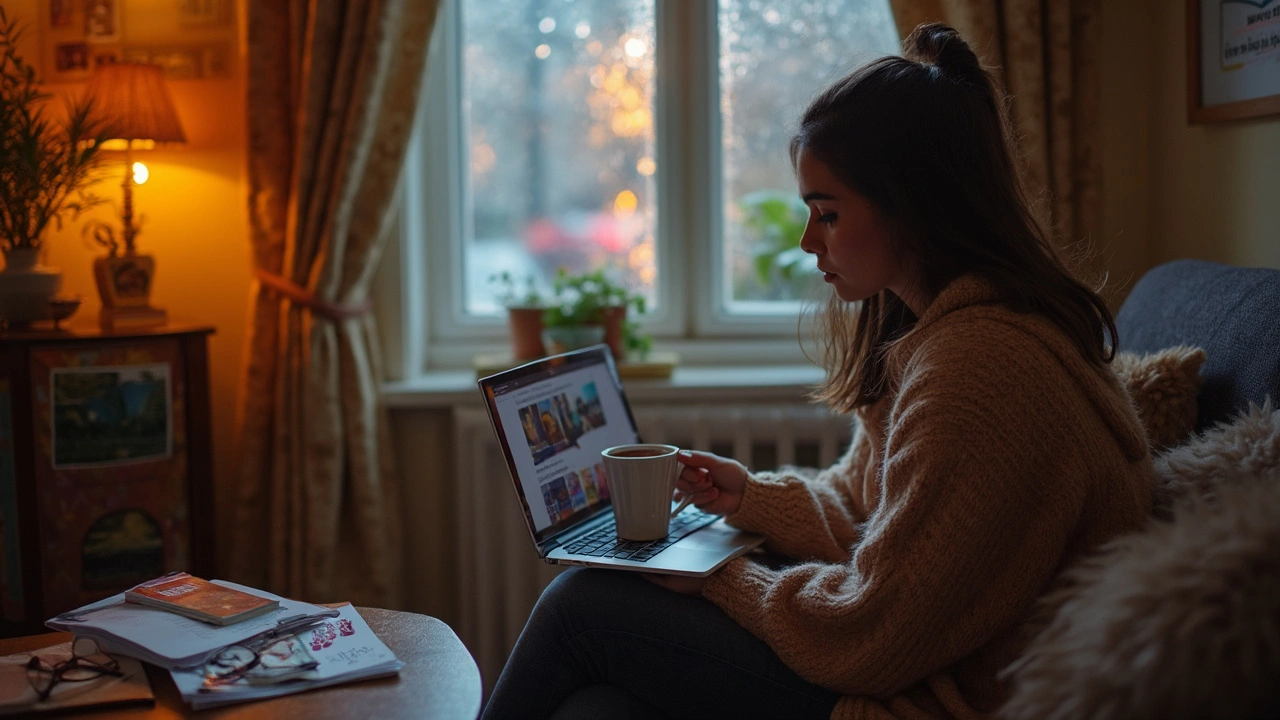
Practical Guide: Comparisons, Checklists, and FAQs
Real-world examples:
- Desk worker with neck/upper back tightness: Knife massage can quickly reduce guarding through broad pressure, then you cement gains with chin tucks and thoracic mobility drills.
- Recreational lifter with quad DOMS: Gentle glides and tapping may ease soreness without the wince-factor of elbow work. Finish with light cycling.
- Anxious sleeper: The rhythmic percussion can feel soothing; combine with slow nasal breathing during the session to amplify the downshift.
Checklist: before you book
- Any red flags (blood thinners, skin issues)? If yes, get clearance.
- Practitioner shows tools and cleaning protocol on request.
- Consent mentions bruising and possible soreness.
- Start with one area, not full-body, for your first go.
- Have a plan to follow up with movement (stretch, easy mobility) within 24 hours.
Checklist: aftercare
- Warm shower, gentle movement, light walking.
- Avoid very hot baths and intense training for 24 hours if bruised.
- Note pain and sleep changes over two nights; that’s your feedback loop.
- If skin breaks or redness spreads like a rash, contact your GP.
Mini-FAQ
- Does it hurt? It can be intense but shouldn’t be sharp. Think deep pressure with occasional tender spots. You control the dial.
- Are the knives sharp? No. They’re blunt, rounded tools. If anything sharp touches you, end the session.
- How often? Start with once every 2-4 weeks. If bruising is heavy, extend the gap. Use it as a complement, not a daily fix.
- DIY with a kitchen knife? Don’t. The weight, edges, and hygiene are wrong. Try a smooth massage tool or foam roller for self-care instead.
- Is it legal in Australia? There’s no specific ban on using blunt tools in massage, but practitioners must follow workplace safety and hygiene laws. Check insurance and association membership.
- Will my health fund cover it? Unlikely. Some funds cover remedial massage by approved providers, but knife massage as a named service isn’t standard.
- What if I’m pregnant? Book with someone trained in pregnancy massage. Avoid abdomen and lower back in later trimesters. Get your care team’s okay.
- Can athletes use it in-season? Yes, but schedule it away from key events due to bruising. Many prefer light sessions 48-72 hours pre-competition.
Next steps
- If you’re curious, book a short, focused session with a vetted practitioner and track your response for 48 hours.
- Pair any manual therapy with load management, sleep, and simple mobility work-those drive lasting change.
- If you have complex pain or medical conditions, loop in your GP or physio before experimenting.
Troubleshooting
- Too sore after: Scale down pressure next time; apply gentle heat; do easy range-of-motion. If soreness lasts past 72 hours or you notice spreading redness, seek medical advice.
- No effect: Ask the therapist to change technique (slower strokes, less percussion) or try a different modality like cupping or standard deep tissue.
- Heavy bruising: Increase spacing between sessions to 4-6 weeks and avoid high-intensity training for 2-3 days.
- Anxious during tapping: Switch to slower, sustained glides and pace your breath (4-second inhale, 6-second exhale).
- Skin irritation: Request hypoallergenic oil or avoid balms with menthol/camphor.
Knife massage sits in that middle ground: not a miracle, not a menace. Used intelligently, it can be a helpful nudge for tight, overworked tissues and a restless nervous system. The trick is matching the tool to the job, staying within your body’s limits, and choosing pros who put safety and consent first.


